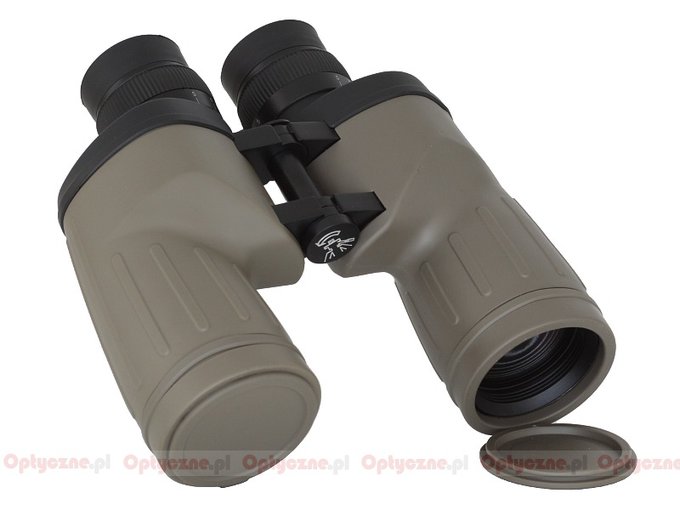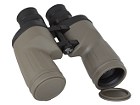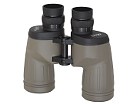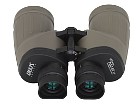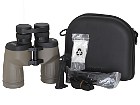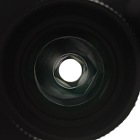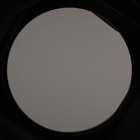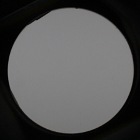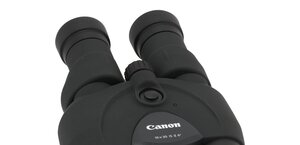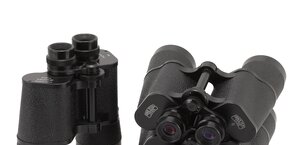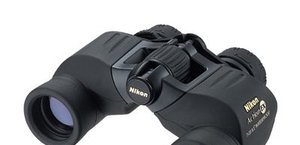Delta Optical Extreme 7x50 ED
Already in 2006 the Oberwerk company launched 70 mm models, belonging to the same series, 10.5x70 and 15x70; that time they didn’t look like exactly copies of Fujinons, which had different parameters: 10x70 and 16x70.
At the end of 2012 also the Polish Delta Optical company decided to make a move in this class of equipment and announced a launch of four models with the following parameters: 7x50 ,10x50, 10.5x70 and 15x70.
As we already mentioned, the Extreme ED binoculars, when it comes to their appearance, parameters and properties, resemble a lot well-known and very appreciated Fujinons FMTR-SX. These are completely waterproof devices, equipped with individual focusing and nitrogen-filled so often recommended for use on or around water. They will perform well in astronomical observations too. Their big objective lenses gather a lot of light, huge prisms don’t cause any vignetting and an efficient Porro construction is supposed to guarantee high transmission.
Delta Optical is well-known for their knack of improving things, introducing small but handy changes to ordinary constructions, offered at the same time by other companies. That’s why we were very curious what differences you can find between DO Extreme and other William Optics and Fujinon binoculars, tested by us.
Buyers get caps, a strap, a hard case, a tripod adapter and a cleaning cloth in the box. The product comes with a 5-year guarantee.
| Magnification | Lens diameter | Angular field of view | Prisms | Eye relief | Weight | Price |
|---|---|---|---|---|---|---|
| 7 | 50 | 131/1000(7.5o) | BaK-4/Porro | 23 mm | 1620 g | 1090 PLN |
Summary
Pros:- huge, solid casing,
- good transmission,
- excellent correction of chromatic aberration,
- imperceptible distortion,
- slight coma,
- sharp image almost cross the whole field of view,
- low brightness loss on the edge of the field,
- big prisms made of BaK-4 glass,
- good price/quality ratio.
Cons:
- truncated exit pupils,
- bit too light area near the exit pupils.
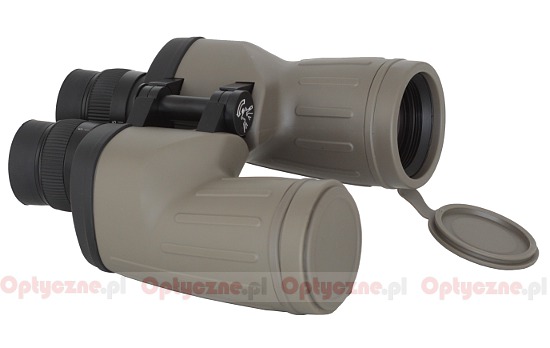 |
The result of the Delta Optical Extreme 7x50 ED prove that these instruments are definitely worth your attention. Of course they are not as good as a Fujinon but their price tag is almost three times lower. The differences between it and the Fujinon are most distinct when it comes to the transmission – its graph is presented below.
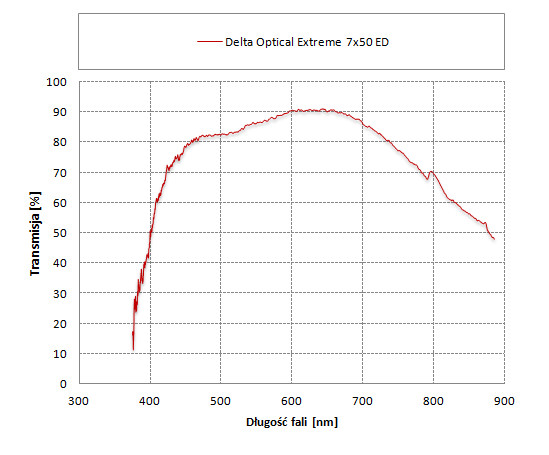 |
Here you deal with a graph characteristic for typical MC coatings produced in China. The transmission is good, reaching near 90% for red light, but nothing more. It definitely lags far behind the brilliant result of the Fujinon.
The next difference easy to perceive is the shape of exit pupils.
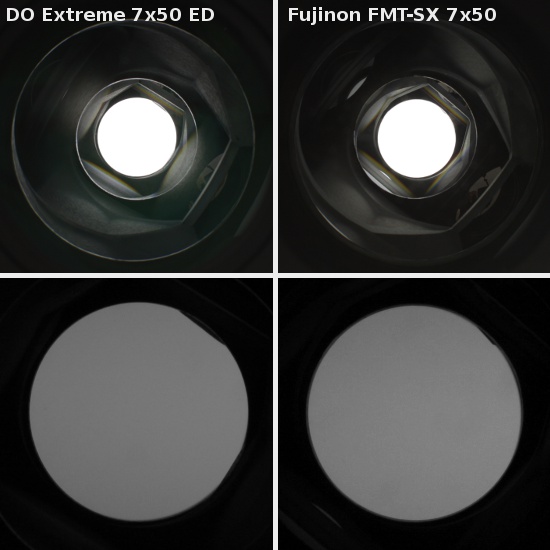 Exit pupils in Delta Optical Extreme 7x50 ED and Fujinon FMT-SX 7x50 binoculars. |
In the case of DO the pupils were more truncated and the area close to them – more ‘milky’. The light reflected in worse coatings is noticeably dispersed and that effect is worsened by less diligent darkening of the tubes.
The build quality is another issue. A lower price means much worse quality control –and it can be felt in the case of the DO Extreme. In a good factory the left prism, which has noticeable micro scratches (as if somebody dragged it across a table before putting it inside) wouldn’t have been used.
We complain here and perhaps we are a bit unjust because in fact every pair of binoculars compares unfavourably with the brilliant Fujinon FMT-SX 7X50. If you forget about the Fujinon and try to assess the performance of the Delta Extreme 7x50 ED independently you can only praise it. The ED glass, used in the objectives, deals with the chromatic aberration very well; the coma, distortion, blur and brightness loss on the edges are controlled very well. Astigmatism causes the most problems here; still the result is not bad but medium. Truncated exit pupils limit the amount of light that passes through but not as much as in many roof prism binoculars, often 2-3 times more expensive. As a result the binoculars managed to get more than 130 points in our test and deserves the “Excellent” badge without any question.





